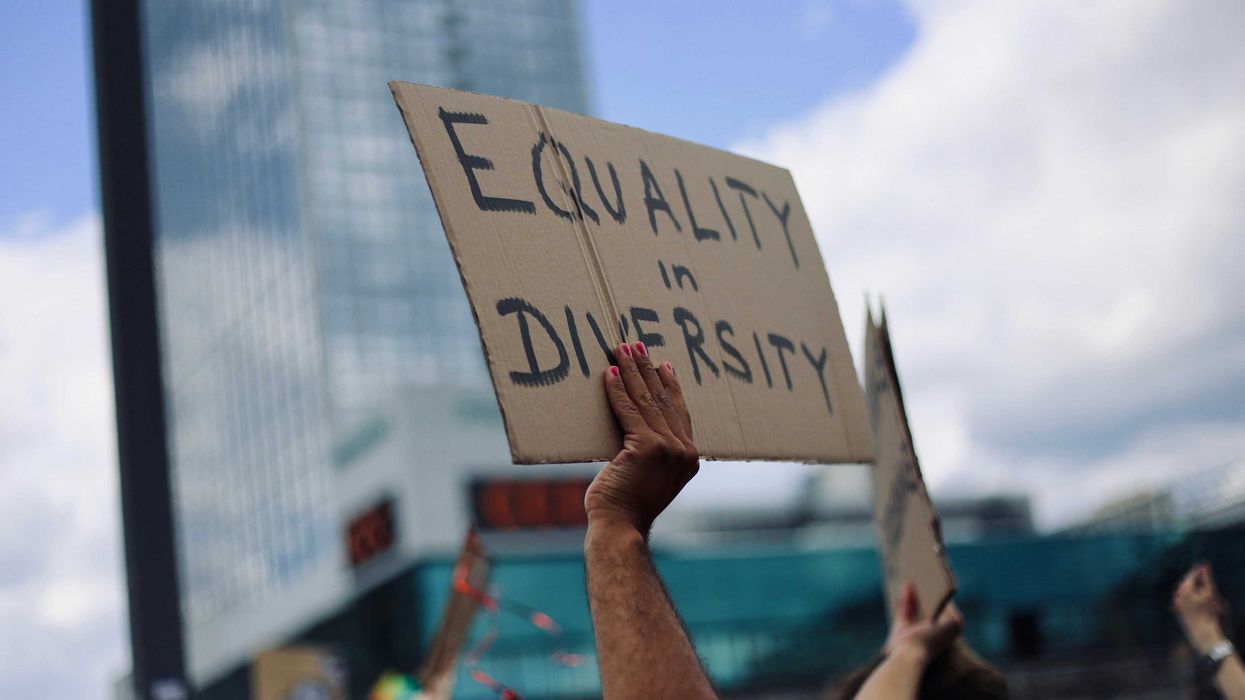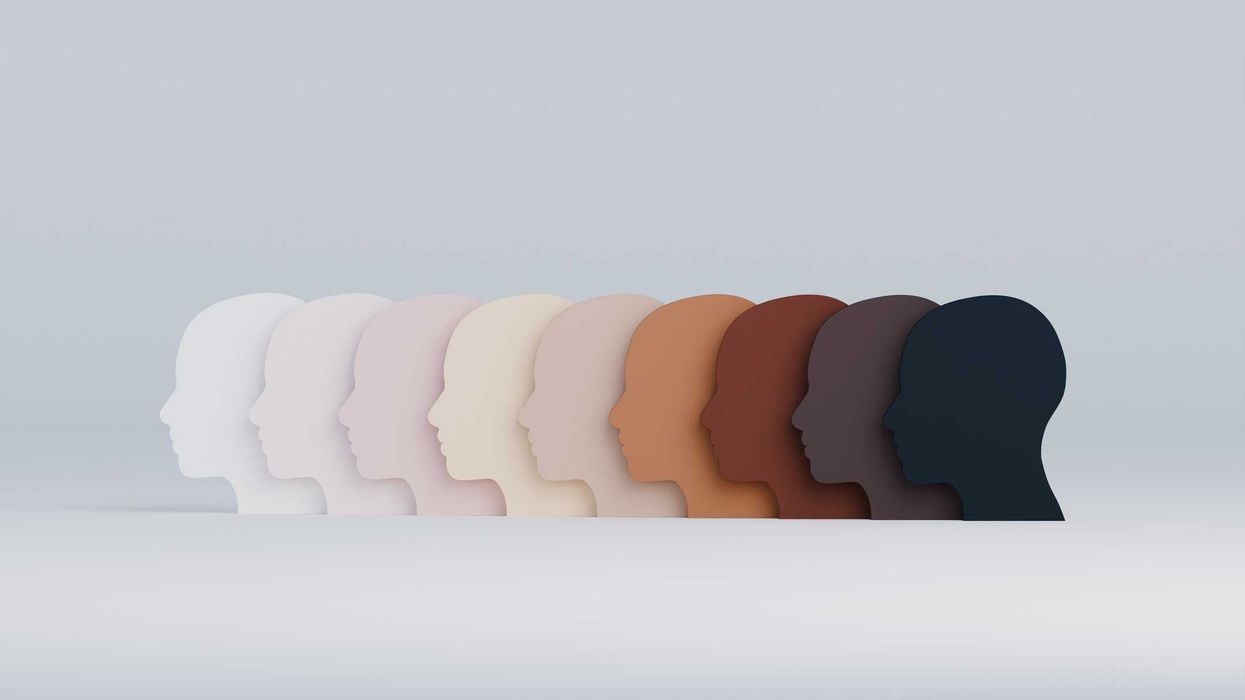From the civil rights marches in the U.S. to Indigenous representation in Bolivia, minority groups have been a catalyst for democratic revolution and a reminder of representation’s value to society. Their struggles and contributions have not only tested the boundaries of democratic ideals but also redefined them. Minority inclusion erodes the constraints placed on democratic systems and expands their legitimacy, resilience, and meaning, though not without controversy and resistance.
What Does “Minority” Mean?
Likewise, understanding who qualifies as a minority and what inclusion entails is essential to evaluating their role in democratic governance. The U.N. defines minorities as non-dominant national, ethnic, religious, or linguistic groups entitled to rights of cultural expression, non-discrimination, and participation in public life. The U.S. Census Bureau identifies minorities based on self-identification, including historically marginalized groups such as Black Americans, Latinos, Native Americans, and Asian Americans. Neither of these definitions requires a population to be a statistical minority to qualify as a minority group. What grants a group minority status is a history of exploitation or oppression, rather than a percent share of the U.S.’s demographic makeup. As these communities have faced barriers to full democratic participation, their inclusion is both a moral imperative and a democratic necessity.
The founding ideals of democracy have always wrestled with the tension between majority rule and minority rights. James Madison’s Federalist No. 10 argued that a large republic could protect minority interests through pluralism and institutional checks, warning against the “tyranny of the majority.” Similarly, Alexis de Tocqueville observed that legal protections alone were insufficient without a culture that respected diversity, cautioning that social exclusion could persist even in democratic systems. More recently, scholars have introduced the concept of “persistent minorities,” arguing for institutional safeguards like federalism and ensuring proportional representation so their voices are heard.
Minority Rights in Modern Democracies
In recent years, efforts to expand minority inclusion in democratic governance have increasingly centered on federally supported Diversity, Equity, and Inclusion (DEI) initiatives aimed at addressing systemic inequities and enhancing institutional accountability. Equity action plans implemented during the Biden administration frame inclusion as a necessary response to systemic barriers that have historically excluded marginalized communities. One Biden-era executive order titled “Advancing Racial Equity and Support for Underserved Communities Through the Federal Government,” enacted in January 2021, made equity a priority for federal agencies. It directed agencies to evaluate operations and identify barriers that may hinder “underserved communities” from accessing the full benefits and opportunities of federal programs. This initiative was further strengthened and expanded through Executive Order 14091.
However, in the current administration, the government guarantee for a diverse citizenship through federally mandated DEI measures has been scaled back, most notably through Executive Order 14151 titled, “Ending Radical And Wasteful Government DEI Programs And Preferencing.”
While these executive orders do not directly apply outside the U.S., decisions made by the American government have far-reaching consequences, influencing the direction and priorities of democratic societies around the world. The overall impact is a complex and evolving landscape, with companies and countries having to navigate competing priorities and potential compliance issues. This could lead to a divergence in DEI approaches, with the U.S. moving in one direction and many other countries pushing forward with alternative DEI initiatives and regulations. The ongoing debate on federally required DEI is a heated discussion that draws on hundreds of years of cultural and constitutional history, but the question remains: how much DEI is too much?
Fair Play, Fair Society, Fair Democracy
The goal of DEI initiatives is to “level the playing field” by focusing on equity rather than equality, which means providing resources and opportunities to those who have historically been excluded from or faced barriers to accessing this support. This approach strengthens civic life by fostering a more inclusive and representative public sphere. Research from Brookings and the White House emphasizes that immigrants and marginalized groups enrich civic life and economic vitality. Studies also show that when minorities perceive opportunities for progress, they report higher trust in government and increased political engagement, reinforcing the democratic social infrastructure. Together, these efforts suggest that inclusion is not just an ethical but a practical strategy for building more responsive and resilient democratic institutions.
Beyond civic participation, DEI initiatives also yield measurable economic advantages. In the corporate world, diversity has been linked to greater innovation, higher profitability, and improved decision-making—benefits that, if applied to government institutions, could translate into more effective and responsive public service. Companies with diverse teams are 70 percent more likely to capture new markets and can drive innovation, with studies showing up to a 20 percent increase in creativity and problem-solving capacity. While rooted in the private sector, these findings have implications for public institutions as well, suggesting that governments that embrace diversity may operate more efficiently and creatively.
The benefits of DEI are not limited to minority communities. When everyone has a fair chance to participate in public life, regardless of their background or identity, society as a whole becomes stronger and more connected. Research shows that inclusive policies help reduce social tensions and increase civic trust, with studies indicating that individuals who feel represented are significantly more likely to engage in democratic processes. In fact, 61 percent of U.S. workers report that their organizations have policies ensuring fairness in hiring, pay, and promotions, which contributes to a greater sense of belonging and institutional trust. DEI efforts also help institutions better reflect the populations they serve, making them more responsive and effective. In this way, DEI initiatives contribute to a healthier, more cohesive democracy in which the promise of equal opportunity is more fully realized for everyone.
Critiques of DEI Initiatives
At the same time, debates over how inclusion should be implemented reveal deep tensions within democratic societies. Some argue that policies like DEI risk prioritizing group identity over individual rights, potentially undermining principles like meritocracy and free expression. National Review has published critiques suggesting that DEI frameworks can foster division and resentment by emphasizing group identity over shared civic values, potentially undermining social cohesion and democratic trust.
Think tanks have also raised concerns that government-mandated inclusion efforts may conflict with civil rights law or constitutional protections. The Heritage Foundation argues that DEI programs, particularly those involving racial preferences or mandatory training, violate the principle of equal treatment under the law and run counter to recent Supreme Court rulings such as Students for Fair Admissions v. Harvard, which struck down race-based admissions policies. They contend that such initiatives risk replacing merit-based systems with ideological conformity and may amount to compelled speech or viewpoint discrimination.
Critics also contend that DEI initiatives, particularly when mandated or incentivized by the state, can be perceived as a form of government overreach, imposing ideological conformity and bureaucratic control under the guise of equity. Even among those who support reform, there is recognition that institutional inertia and poorly communicated policies can provoke backlash, complicating efforts to build consensus around inclusion. Ultimately, these tensions reveal the fragility of consensus around what democratic inclusion should look like. They stress how efforts to expand participation often collide with deeply held beliefs about rights, identity, and the role of government.
International Perspectives
These tensions are not unique to the United States. Comparative examples from Bolivia, South Africa, and Canada reveal both the promise and complexity of institutionalizing minority inclusion. Bolivia’s electoral reforms guarantee Indigenous representation, demonstrating how legal mechanisms can reshape democratic norms. South Africa’s post-apartheid journey shows how minority resistance can catalyze reform, though persistent inequality complicates the narrative of success. In Canada, multiculturalism has become central to national identity, yet Indigenous communities continue to fight for recognition and justice, highlighting the unfinished nature of democratic inclusion.
These international comparisons are essential not only for understanding the global dimensions of democratic inclusion but also for placing the American experience within a broader context. They allow us to see which strategies have worked, which have struggled, and why, offering valuable insights for shaping more inclusive institutions at home and abroad. While the path to inclusion varies across contexts, the underlying challenge remains the same: how to build democratic systems that reflect and respond to the full diversity of the societies they serve.
The DEI Debate
Democratic societies have made real progress in expanding rights and representation for minority groups, but the work of inclusion is far from finished. Legal protections and policy reforms are important, but they do not automatically translate into equal participation or cultural recognition. As the experiences of countries like Bolivia, South Africa, and Canada show, building a truly inclusive democracy requires ongoing effort—not just to ensure access to institutions, but to make those institutions responsive to the diverse communities they serve. Inclusion, in this sense, is not exclusively about fairness. It is about making democracy work for everyone.
Understanding Minority Rights and Inclusion in Democracies: U.S. and Abroad was first published on ACE and republished with permission.
Sarah Grace is a Third Year Student at the University of Virginia, and is pursuing a Bachelor’s degree in Government and Archaeology.



















